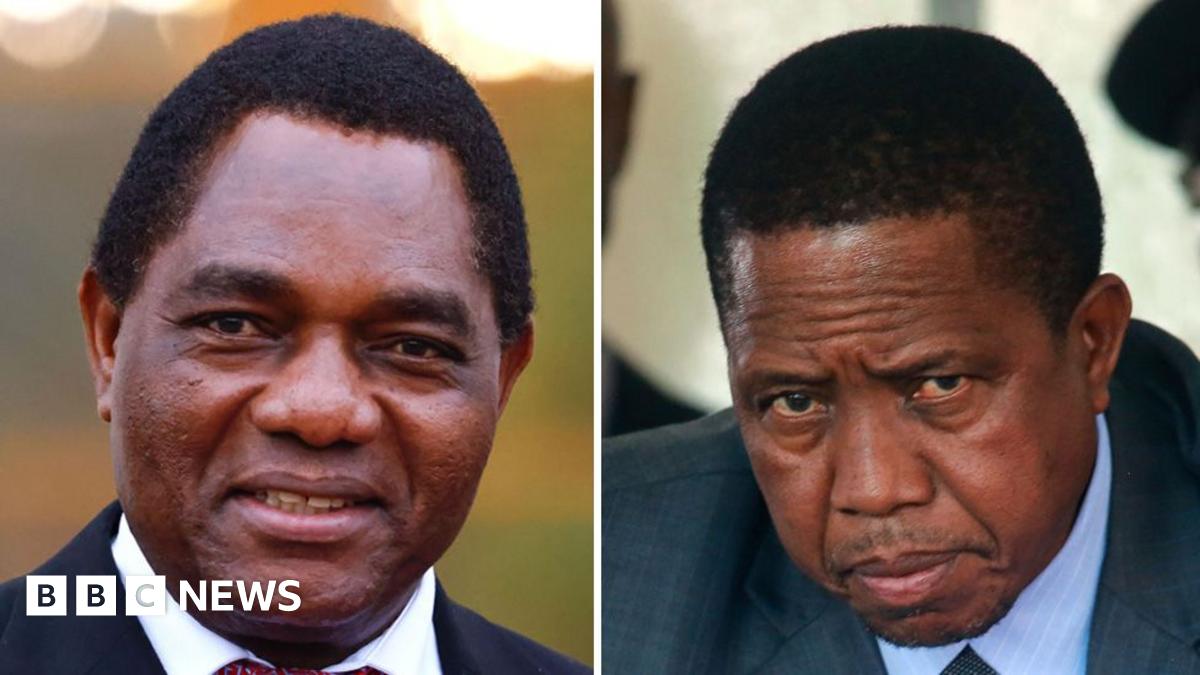US Military Returns to Middle East Spotlight After Strikes on Iran – Escalation Fears Rise

The recent strikes attributed to Israel, targeting Iranian military infrastructure, have dramatically shifted the geopolitical landscape of the Middle East, prompting a significant and rapid response from the United States military. Following the attacks, the Pentagon has raised its alert level, anticipating and preparing for potential retaliatory actions against American forces and interests throughout the region. This development marks a significant shift, drawing the US back into a more prominent role in Middle Eastern conflicts after a period of attempts at de-escalation and strategic disengagement.
Heightened Alert and Anticipated Retaliation
The immediate aftermath of the strikes saw a surge in diplomatic activity, with international leaders urging restraint and calling for a de-escalation of tensions. However, the Pentagon's swift move to increase readiness across its Middle Eastern commands underscores the seriousness of the situation. Military officials are bracing for a range of potential responses from Iran, including missile attacks, drone strikes, and cyber warfare. The US Navy has bolstered its presence in the region, and air defenses around key military installations have been strengthened. This proactive posture aims to deter Iranian aggression and protect American personnel and assets.
A Shift in US Strategy?
The Biden administration has consistently stated its desire to avoid large-scale military interventions in the Middle East. However, the current crisis presents a complex challenge. The administration is walking a tightrope, attempting to deter Iranian escalation while also avoiding actions that could further destabilize the region. The return of US military assets and increased involvement signals a potential recalibration of US strategy, prioritizing the protection of American interests and allies in the face of perceived threats.
Regional Implications and Wider Geopolitical Concerns
The escalating tensions have significant implications for the broader Middle East. Allies like Saudi Arabia and Jordan are closely monitoring the situation, and are likely to request increased US security assistance. The conflict also raises concerns about the potential involvement of other regional actors, such as Hezbollah in Lebanon and the Houthis in Yemen. Furthermore, the situation has drawn international attention, with European powers and China expressing concern and calling for dialogue. The stability of global energy markets is also at risk, as disruptions to oil supplies from the Persian Gulf could have a significant impact on the global economy.
Long-Term Outlook: A Fragile Peace
The coming days and weeks will be critical in determining the trajectory of the situation. A miscalculation or an unintended escalation could quickly spiral out of control, leading to a wider regional conflict. Diplomatic efforts to de-escalate tensions and find a peaceful resolution will be paramount. However, with deep-seated animosities and competing interests at play, achieving a lasting peace will be a formidable challenge. The US military's renewed presence in the Middle East serves as a stark reminder of the enduring complexities and challenges of this volatile region, and the potential for renewed conflict.






